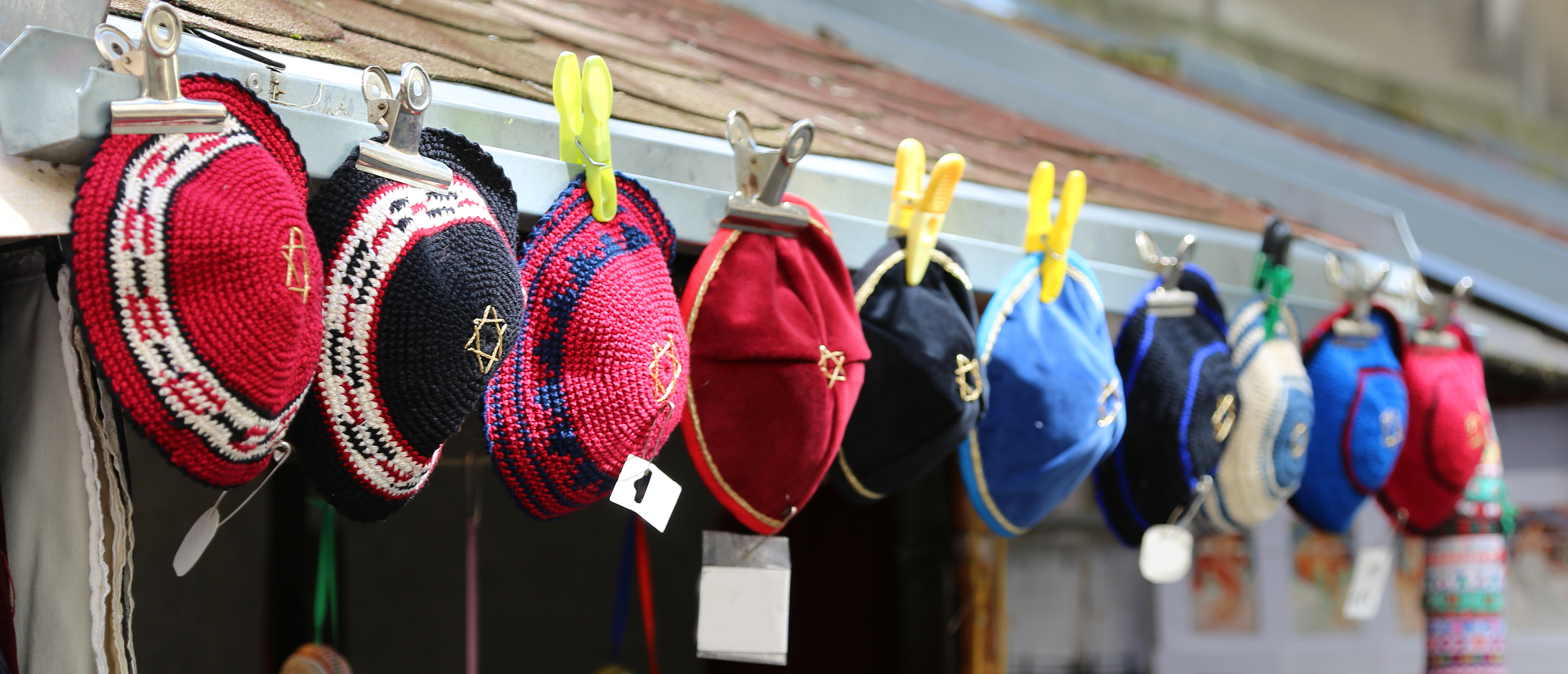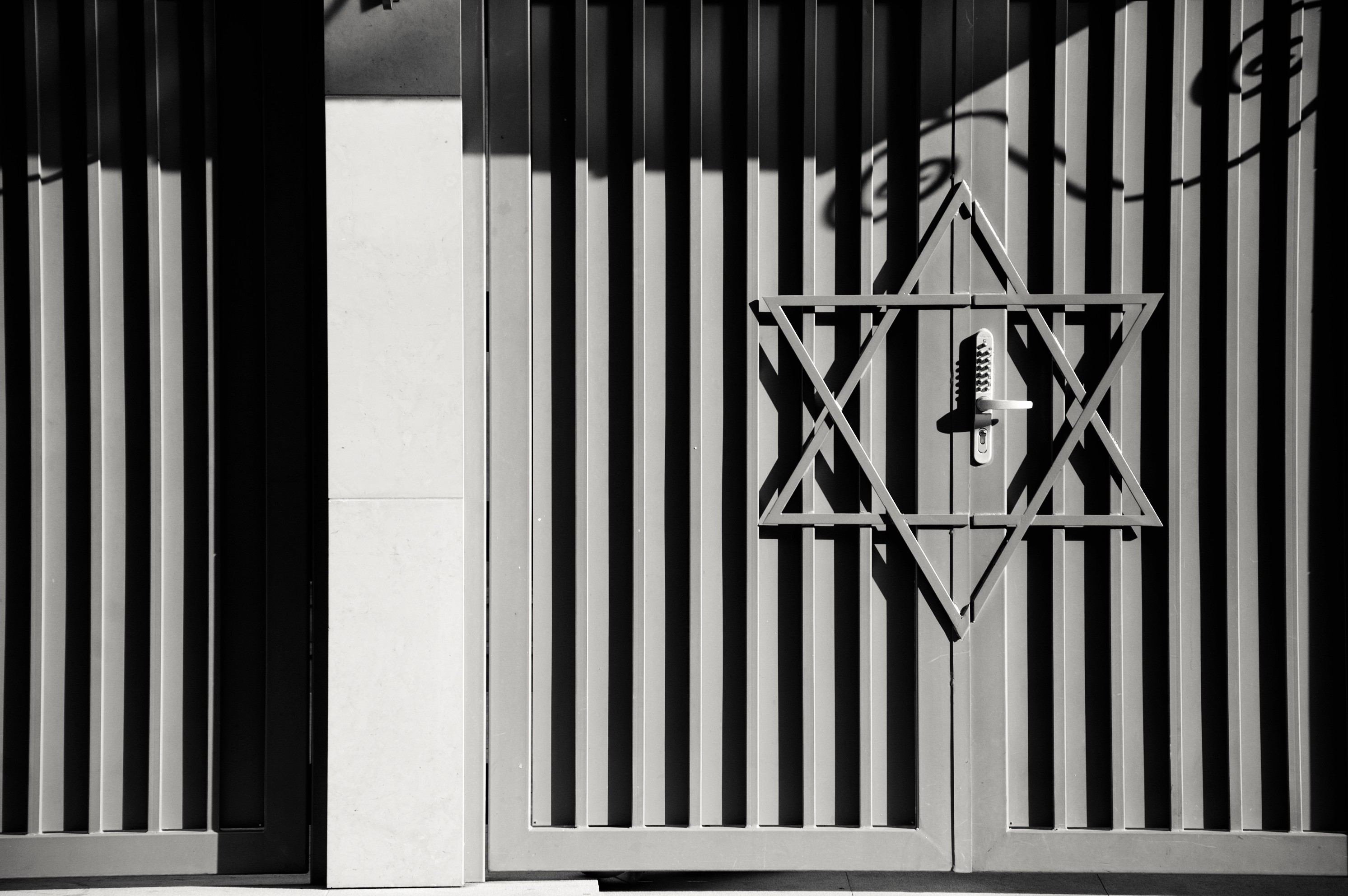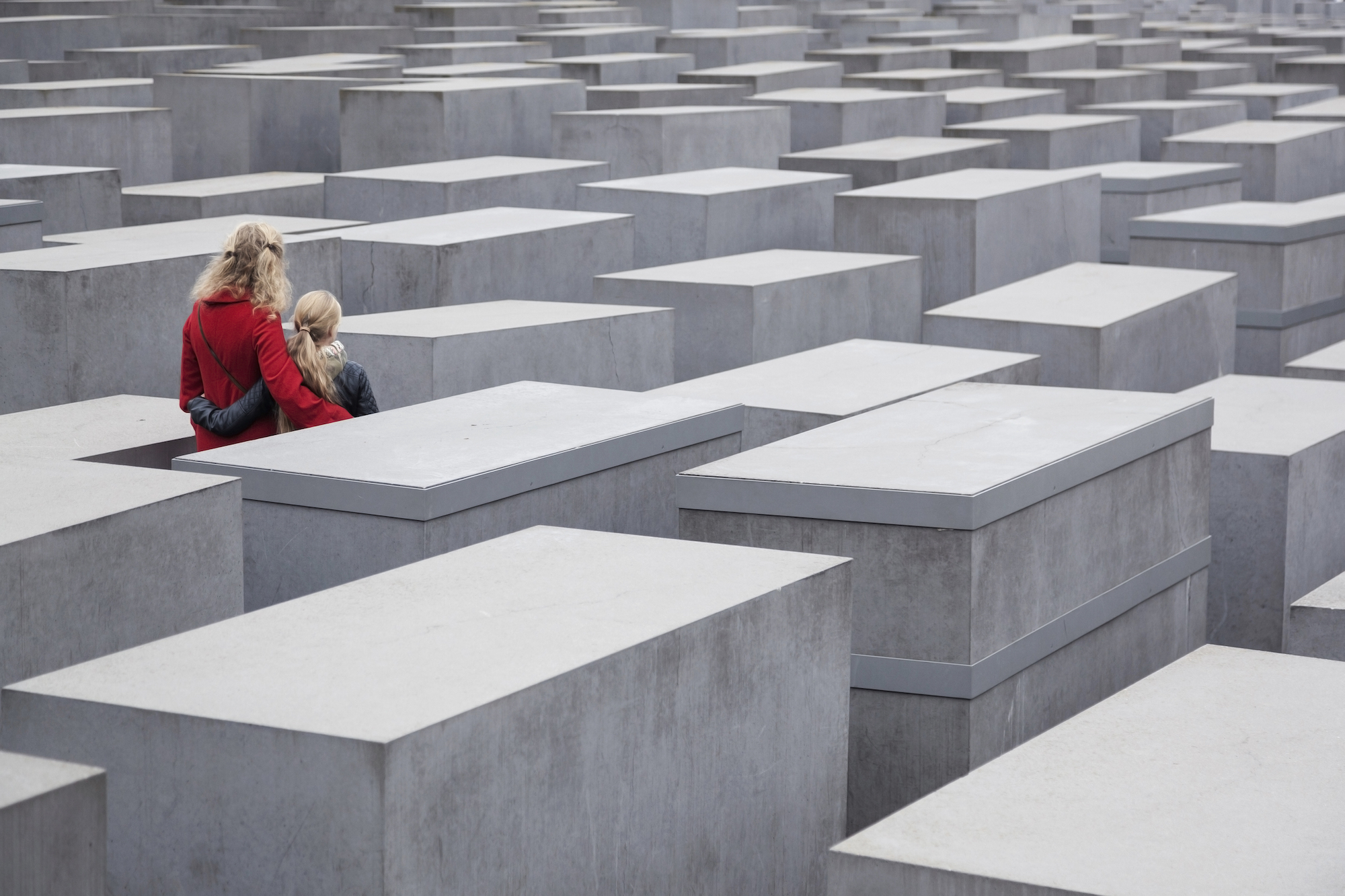Jewish Cultural Heritage in Switzerland
There are numerous Jewish cultural items in Switzerland from various eras. Preserving them and making them visible are among the key tasks of the SIG and the Jewish community.
The Jewish cultural heritage in Switzerland is characterised by great diversity and is closely linked to the history of Jews in this country. Contrary to other European countries, the heritage in Switzerland remained largely intact during the Second World War. This makes for an unbroken line of Jewish cultural goods bearing witness to the past and also the present.
Jewish cultural heritage as testimony to Jewish history
Jewish presence on territories that are now part of Switzerland can be traced back to antique times. Preserved material cultural goods reflect the ever changing history of Jews in Switzerland. As in most other European countries, ambivalence and tolerance alternated time and again with persecution, expulsion and murder. The wall paintings of the house at Brunngasse 8 in Zurich reveal what Jewish life and co-existence with Christian neighbours must have been like in a medieval Swiss town. The paintings depict important elements of the life-style of a prosperous Jewish family and their social status. In Endingen and Lengnau in the canton of Aargau, double-door houses bear witness both to discrimination and to an extraordinary case of Jewish-Christian co-existence in the 18th and 19th centuries. Switzerland’s numerous synagogues and its Jewish cemeteries present insights into the development of the religious life of this sometimes more, sometimes less tolerated minority. Together with the traditional Mikvehs (Jewish baths) and other historical buildings, they constitute important points of encounter for the Jewish communities.
Immaterial cultural heritage visible in contemporary Jewish life
The immaterial cultural heritage of Jews in Switzerland is closely linked to their sacred buildings and their dwellings. The lively communal life of Swiss Jews has helped keep their traditions and customs alive. The Kashrut rules, for instance, still remain a pillar of everyday life today, just as they did over the past centuries. Days of celebration and of fasting, such as Rosh Hashanah and Yom Kippur, and the associated customs also remain widely observed among Switzerland’s Jewish population. And the survival of further important aspects of European Jewish heritage was ensured in part by refugees from the Second World War who came to Switzerland.
Another, largely forgotten element of this immaterial cultural is what is known as Surbtal or Endinger Yiddish. It evolved out of the Yiddish spoken by Jews in Europe, which is not a standardised language, but is made up of various dialects. The Swiss variant was spoken in the Surbtal valley of the canton of Aargau, before dying out at the end of the 20th century. A few of its words have, however, found their way into Swiss German dialect – for example the word «Stuss» meaning «nonsense».
Preserving Jewish cultural heritage and making it visible
The Jewish communities themselves, several museums (such as the Jewish Museum of Switzerland in Basel), archives and individual projects all strive to preserve Jewish cultural heritage. With the «Schauplatz Brunngasse» museum in Zurich and the opening of the «Doppeltür» visitor centre (planned for 2023), historical Jewish houses have been or will be made accessible to the public. Insights into the cultural diversity of Jewish life past and present in Switzerland are also offered by cultural programmes, including the «Jüdische Kulturweg» and the «European Days of Jewish Culture». Making cultural heritage visible and preserving it for coming generations are among the key tasks of the SIG, in which it cooperates closely with the individual Jewish communities and cultural institutions. The SIG readily supports projects and institutional activities in this area, fosters networking among the various players, and campaigns at political level for information exchange and state funding.




